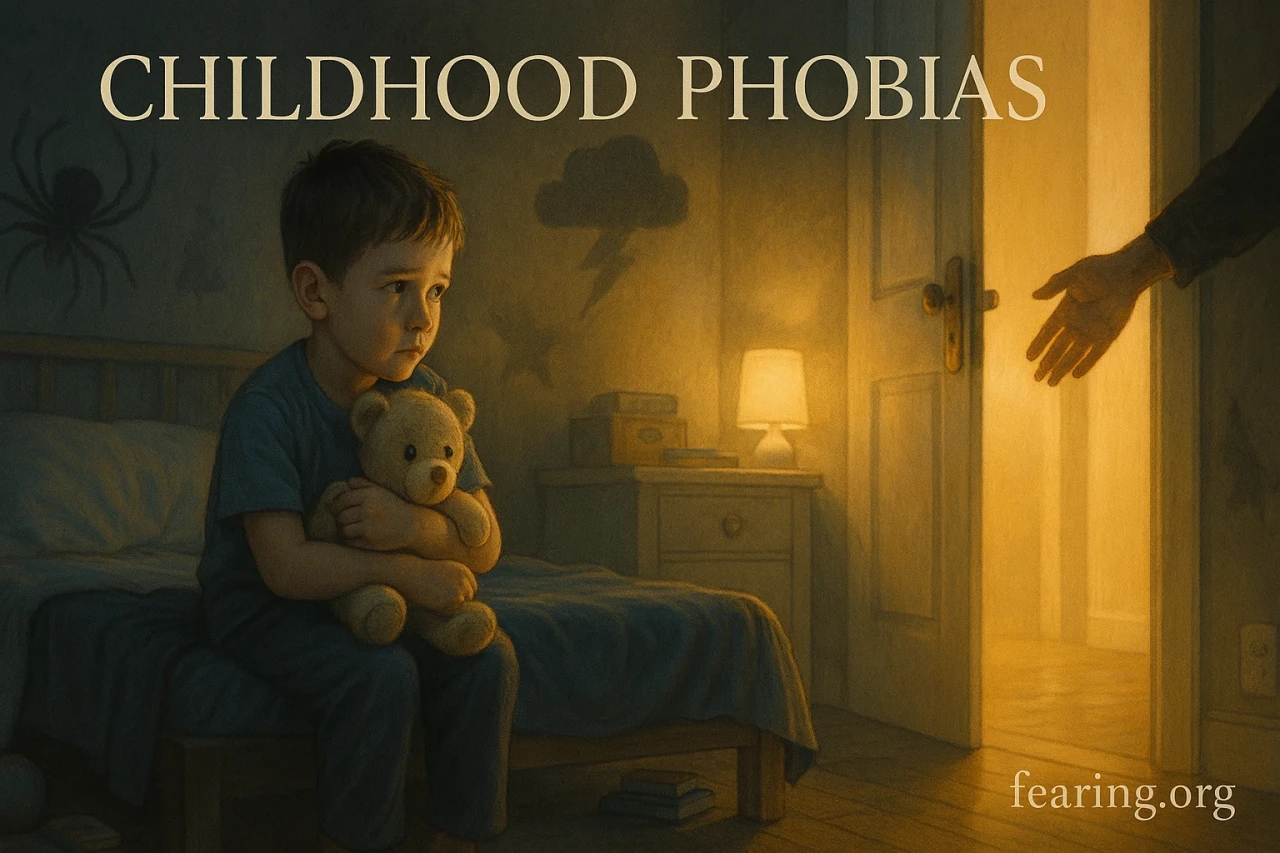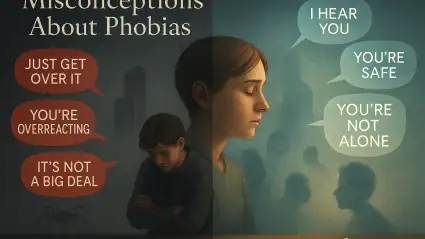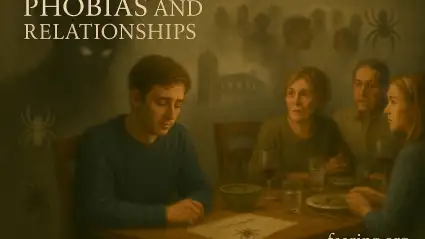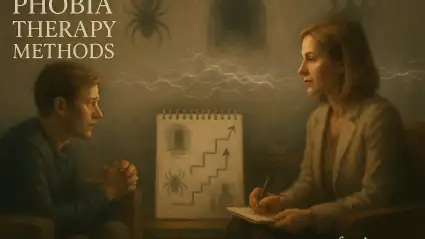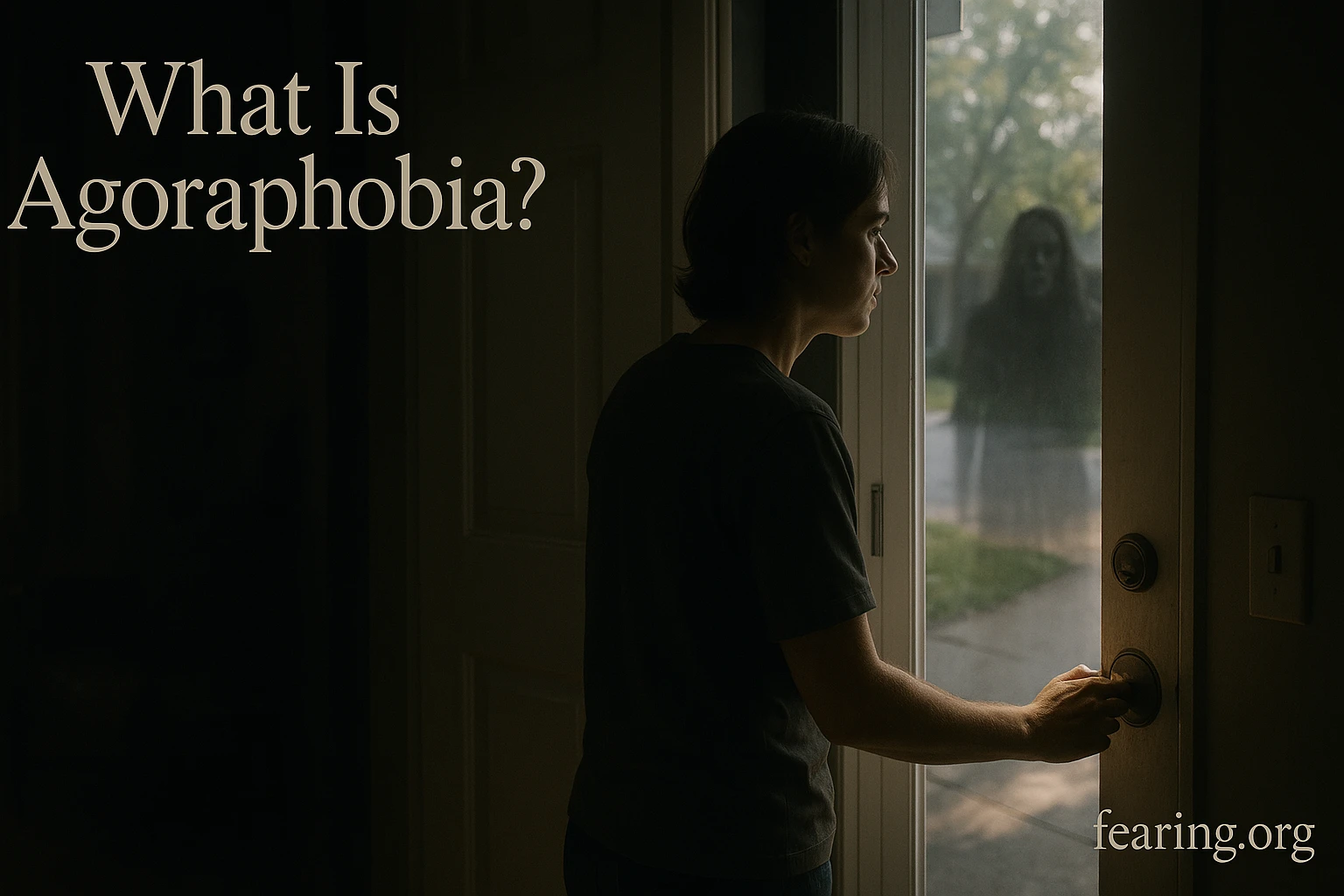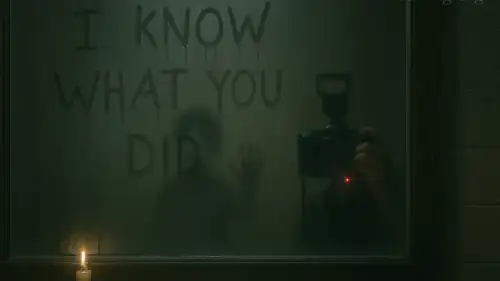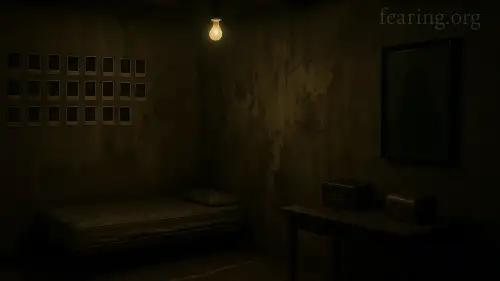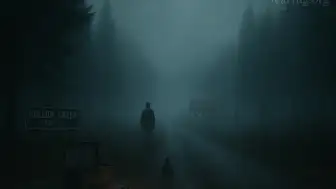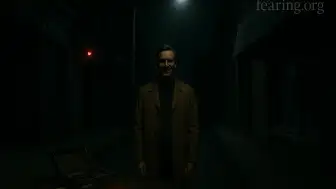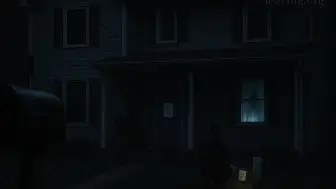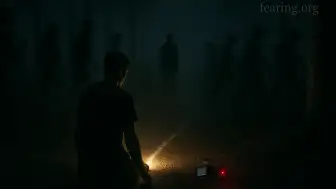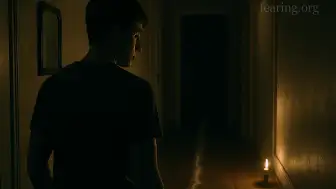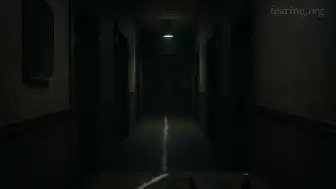Phobias aren’t just adult problems. In fact, childhood is when many phobias first begin to form. Whether it’s a fear of the dark, loud noises, or animals, phobias in children can be deeply distressing—not only for the child but for the entire family. But how do these fears differ from normal childhood anxiety? And most importantly, how can parents respond in a way that supports healing rather than unintentionally reinforcing the fear?
"Children aren’t just small adults—they experience fear in ways that are real, big, and deeply rooted in their developmental stage."
This guide explores the signs of phobias in children, the reasons behind their development, and practical, compassionate ways for parents to respond.
What Is a Phobia in Childhood?
A phobia in children is an excessive, persistent, and irrational fear of a specific object, situation, or activity that interferes with normal daily functioning. While some fears are part of healthy development (like fear of strangers in infancy or fear of monsters in preschoolers), a phobia is more intense and longer-lasting.
To be considered a phobia, the fear must:
Last at least six months
Be out of proportion to the actual threat
Cause significant distress or avoidance
Impact daily life or development
What Are Common Childhood Phobias?
Some of the most common phobias that affect children include:
Nyctophobia – Fear of the dark
Trypanophobia – Fear of needles or medical visits
Zoophobia – Fear of animals (dogs, insects, etc.)
Acrophobia – Fear of heights
Claustrophobia – Fear of enclosed spaces
Social phobia – Fear of speaking or interacting in groups
Emetophobia – Fear of vomiting
These fears may seem irrational to adults but are deeply real for children.
How Can You Tell the Difference Between Normal Fear and a Phobia?
Understanding the difference is key to knowing when to seek help. Normal fears are temporary, age-appropriate, and manageable. Phobias, on the other hand, show up as:
Extreme reactions (e.g., screaming, crying, freezing)
Avoidance behaviors (e.g., refusing to go to school)
Physical symptoms like nausea, sweating, trembling
Disruption of routines, sleep patterns, or relationships
If a fear is ongoing, interferes with life, or causes significant anxiety, it may be a phobia.
What Causes Phobias in Children?
Phobias usually result from a mix of biological, environmental, and psychological factors:
1. Traumatic Experiences
A dog bite may lead to cynophobia (fear of dogs)
A storm during a blackout may spark astraphobia (fear of thunder and lightning)
2. Learned Behavior
Children may develop fears after watching a parent panic
Media or news reports can instill irrational fears
3. Genetic Predisposition
Children with a family history of anxiety disorders are more prone to developing phobias
4. Temperament and Sensitivity
Highly sensitive or reactive children are more likely to interpret stimuli as threatening
"What’s a small scare for one child can feel like an emotional earthquake for another."
How Should Parents Respond to a Child’s Phobia?
✅ Validate Their Feelings
Never belittle or dismiss their fear. Instead, say:
“I know this feels really scary to you, and I’m here to help.”
✅ Stay Calm and Reassuring
Children often look to adults for cues. Stay composed and empathetic.
✅ Don’t Force Exposure
Sudden, intense exposure can worsen fear. Avoid pushing your child to "face their fear" in one go.
✅ Create a Safe Space for Communication
Encourage them to talk about their fears through drawing, storytelling, or role play.
✅ Model Confident Behavior
Demonstrate how to stay calm in the face of the feared object or situation without overreacting.
✅ Use Gradual Exposure Techniques
Start small and build up confidence over time
Use charts or reward systems to celebrate milestones
When Should You Seek Professional Help?
Consider therapy when:
The fear lasts six months or more
It interferes with school, friendships, or home life
The child begins to show signs of depression or social withdrawal
You’ve tried self-help methods with little success
Early intervention is key and highly effective.
What Treatments Work Best for Children’s Phobias?
1. Cognitive Behavioral Therapy (CBT)
CBT helps children understand and change thought patterns that fuel their fears. Therapists often use child-friendly tools like puppets, cartoons, and games.
2. Play Therapy
For younger children, play therapy allows them to process emotions through creativity and imagination.
3. Parent-Child Interaction Therapy (PCIT)
This approach strengthens communication and attachment while equipping parents with tools to guide behavior effectively.
4. Exposure Therapy
When done gradually and safely, this technique can help a child build tolerance and reduce fear responses.
5. Medication (Rarely Used)
In very severe cases, doctors might consider medications like SSRIs, but only under strict supervision and after trying therapy.
Can Childhood Phobias Be Outgrown?
Yes, many childhood fears naturally resolve over time—especially with support and understanding. However, untreated phobias can persist into adolescence and adulthood, evolving into more complex anxiety disorders.
Early recognition and a calm, compassionate response are the best ways to prevent long-term issues.
What Can Schools and Teachers Do?
Educators play a crucial role in supporting anxious children:
Be aware of triggers in the school environment
Offer alternative options for stressful tasks (e.g., presentations)
Communicate regularly with parents and therapists
Provide a safe space where the child can decompress if overwhelmed
Final Thoughts
Phobias in children are real, impactful, and deeply emotional. But with the right blend of patience, empathy, and professional support, children can learn to manage their fears—and even turn them into strengths.
Remember: the goal isn’t to eliminate all fear. It’s to help your child feel capable in the face of it.
“Fear doesn’t mean weakness. In childhood, it’s often a quiet request for protection.”

